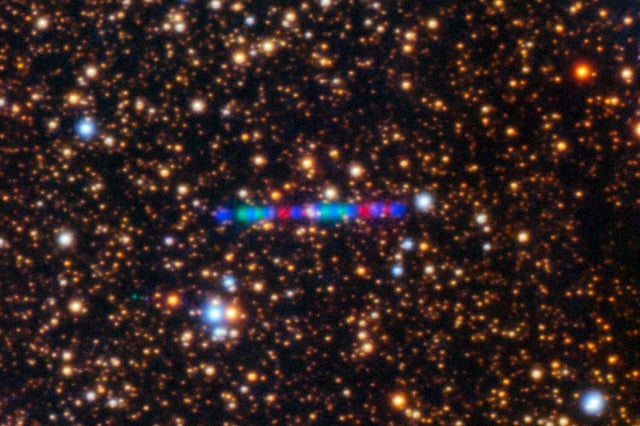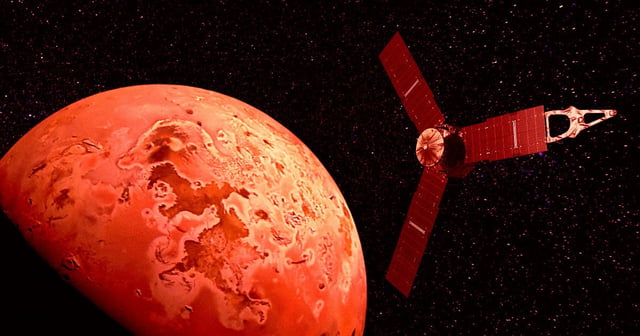Overview
- New TESS precovery photometry from May–June 2025 shows 3I/ATLAS maintained a coma at about 6.4 AU from the Sun, indicating early outgassing well before its July discovery.
- In a yet-to-be-peer-reviewed paper, Avi Loeb calculates that a September thruster burn could redirect NASA’s Juno probe for a close flyby of 3I/ATLAS by mid-March 2026.
- Chris Lintott and other astronomers continue to characterize the object as a typical icy comet based on its coma, tail and refined hyperbolic trajectory.
- NASA reaffirms that 3I/ATLAS poses no risk to Earth as it speeds through the inner Solar System at roughly 60 kilometers per second.
- As the third known interstellar visitor, 3I/ATLAS is drawing observations from facilities including the Vera C. Rubin Observatory, Hubble and the James Webb Space Telescope ahead of its October perihelion inside Mars’s orbit.



